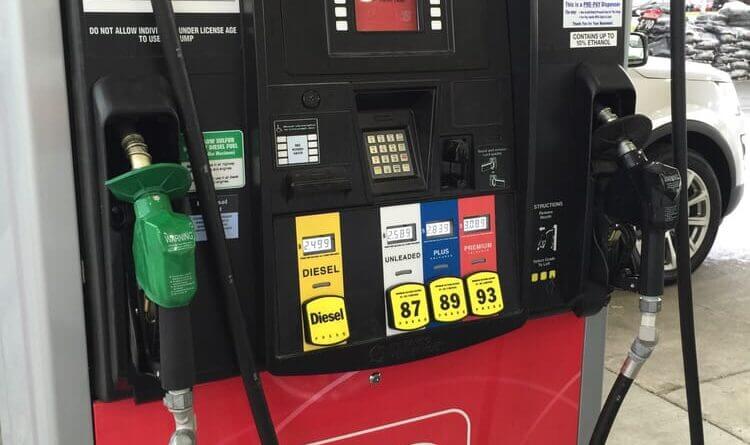Mississippi Has The Lowest Gas Prices Nation Wide
In 2024, the fluctuating gas prices in the United States are significantly impacting Americans’ travel decisions and budget allocations. A survey of over 1,000 individuals reveals key insights: Americans spend an average of $1,712 annually on gas, which is about 3% of their income. Despite an average gas price of $3.76 per gallon nationwide, there are regional disparities, with California seeing the highest prices at $5.10 per gallon and Mississippi the lowest at $3.03.
The survey also found that 23% of Americans are scaling back their summer travel plans due to these high gas prices. Millennials are particularly affected, with 24% opting to travel less. Looking ahead to July 4th weekend, despite a slight decrease in gas prices over the past year, 25% of Americans plan to travel less than in previous years, while 68% intend to maintain their usual travel plans. Baby boomers are most likely to decrease travel, whereas Gen Z shows a tendency to increase it.
When choosing which gas station to fill up at:
- Gen Z is the most likely generation to be influenced by price (78%).
- Millennials are the most likely generation to be influenced by location (54%).
- Gen X is the most likely generation to be influenced by fuel quality (21%).
Overall, gas prices remain a critical factor in travel decisions, influencing both the choice of transportation and the extent of travel during key holiday periods like July 4th.
For this study, we utilized AAA data to collect the prices of regular gasoline across all states as of May 29, 2024, noting that these prices are subject to change.
We conducted two surveys: The first surveyed 1,006 American car owners about their gas purchasing behaviors and opinions. The respondents were categorized as follows: 50% millennials, 29% Gen X, 11% baby boomers, and 10% Gen Z.
The second survey involved 1,005 American car owners regarding their travel plans for the July 4th holiday. The breakdown of respondents for this survey was: 47% Gen X, 42% millennials, 6% baby boomers, and 5% Gen Z.






